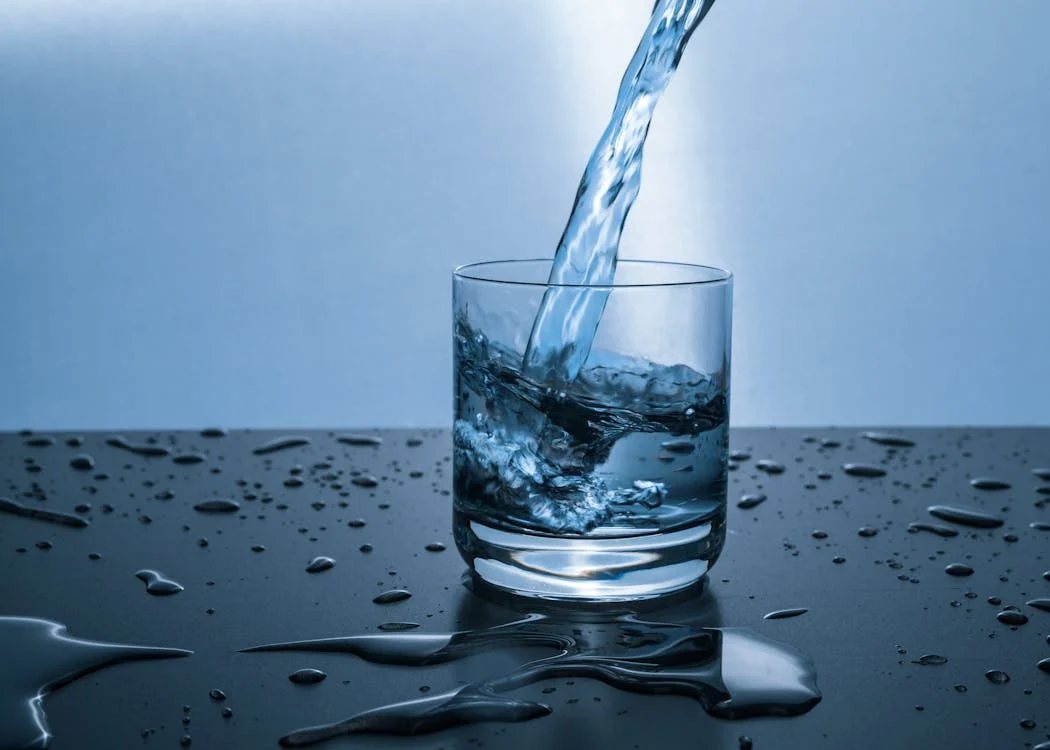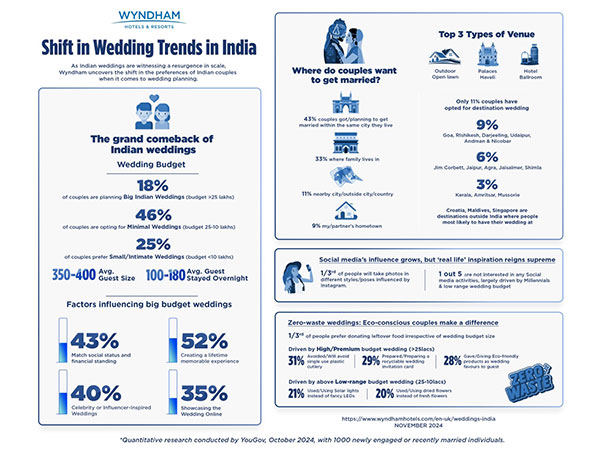Forever chemical water standards 'very conservative'
Oct 21, 2024
Sydney [Australia], October 21: National drinking water guidelines for potential cancer-causing chemicals are set to be tightened after increasing discoveries of PFAS in water sources.
Draft benchmarks based on emerging science on the health risks were released on Monday and immediately welcomed by Australian experts and the water industry.
But the National Health and Medical Research Council has been forced to defend its self-described "very conservative" proposed guidelines for not going as low as the near-zero level set in the US.
PFAS substances are a group of more than 15,000 chemicals resistant to heat, stains, grease and water, earning the nickname "forever chemicals" due to their inability to break down.
Their use has varied widely from firefighting foam to non-stick pots and pans.
Recent discoveries of elevated quantities of the chemicals in some NSW water supplies have led to dam closures and community concern, particularly in the Blue Mountains.
Water quality expert Stuart Khan said Australians could remain confident the national guidelines incorporate the latest and most robust science to underpin drinking water safety.
But he warned upgrades to treatment plants to meet the lower standards will come at a cost to consumers.
"In some cases, advanced water treatment processes may be needed and the cost of these advances will necessarily flow through to customer bills," the head of the University of Sydney School of Civil Engineering said.
"Drinking water cost increases will hit smaller regional communities hardest."
Water Services Association of Australia executive director Adam Lovell said the sector supported the thorough scientific process used to set the guidelines.
"For most of us, drinking water is sourced from well-protected, often pristine catchments, or it goes through multiple barrier treatment processes," he said.
The guidelines, if adopted, would reduce the benchmark for the PFOA group of chemicals from 560 to 200 nanograms per litre based on cancer-causing effects.
One nanogram is about one drop in 20 Olympic-sized swimming pools.
PFOS guidelines would fall from 70 to four nanograms per litre based on effects on bone marrow, while new guidelines were set for the PFHxS and PFBS groups over thyroid concerns.
Each level is based on lifetime exposure risks, the research council said.
"It's not about the concentration that is toxic right now but you need to be drinking above these levels for your entire life to have what we regard at the moment, as toxic effects," the council's chief executive, Steve Wesselingh, said.
The new guidelines were based on animal studies after the council's water-quality advisory committee took the view there were no sufficient, high-quality human studies available.
Placing more weight on those human studies and legal differences led the US Environmental Protection Agency in April to adopt near-zero standards, advisory committee member David Cunliffe said.
"Our guidelines are very conservative," he said.
"We always err on the side of caution."
The standards were not to be seen as a pass-fail measure but as a trigger for water authorities to investigate potential sources of contamination.
They are likely to be finalised in April after public consultation began on Monday.
Source: Fijian Broadcasting Corporation








